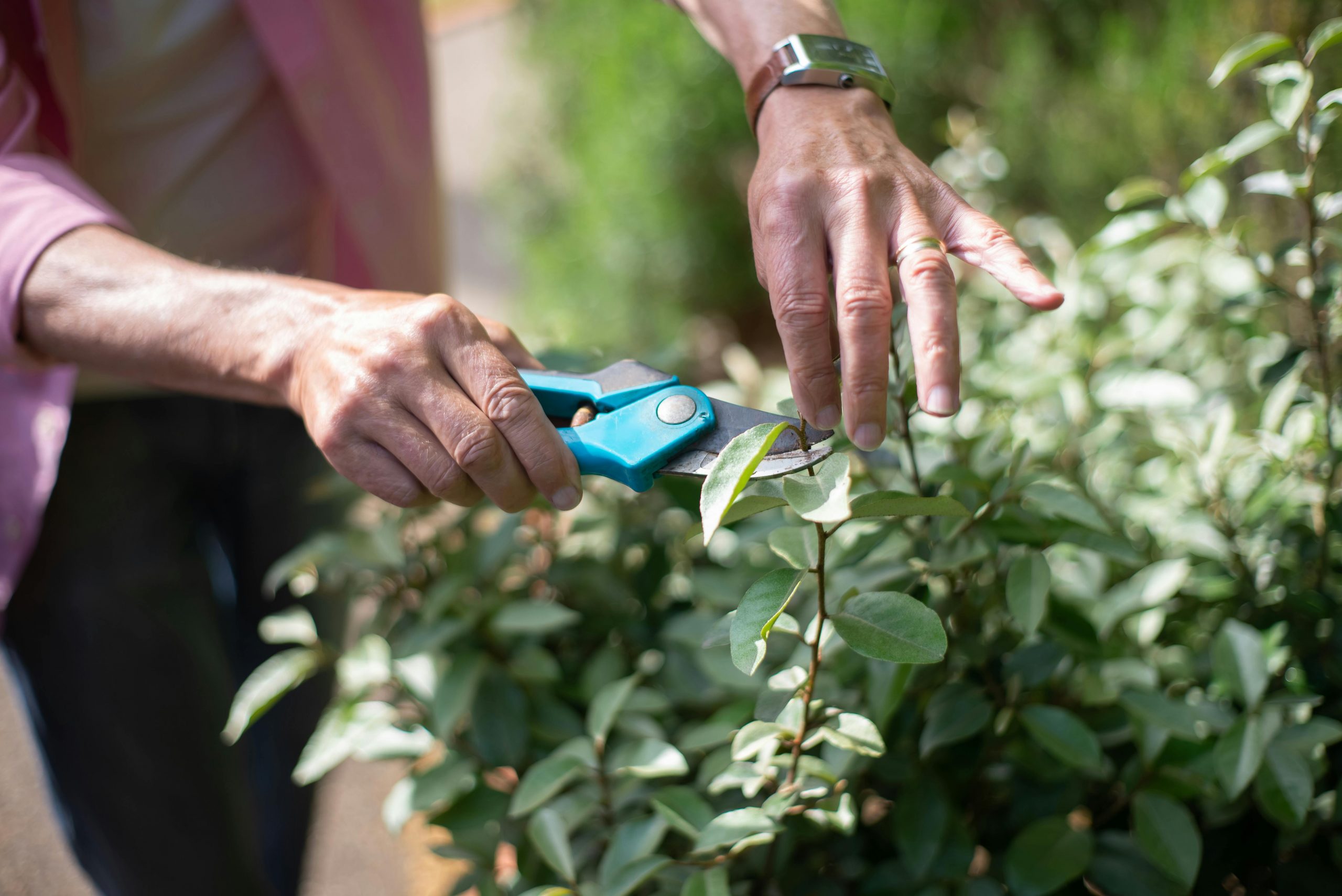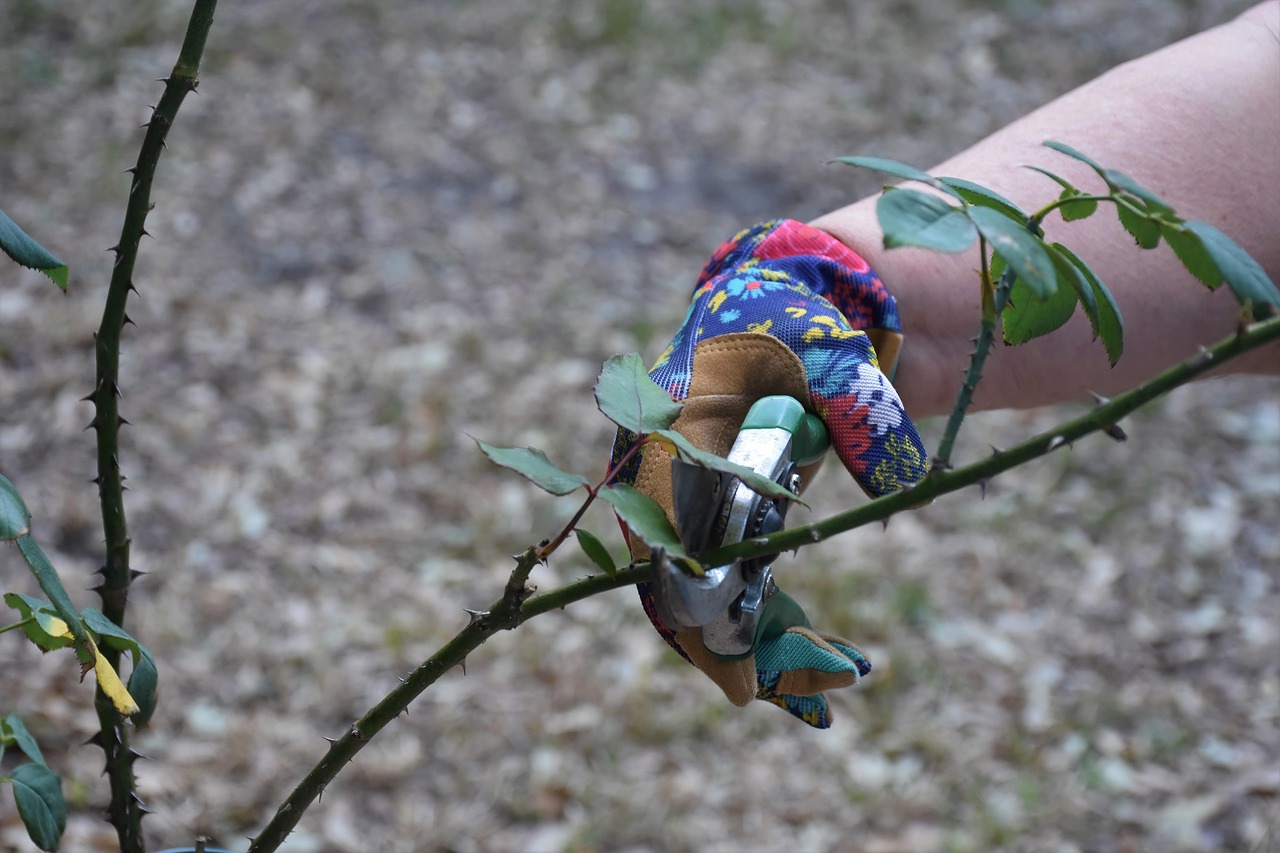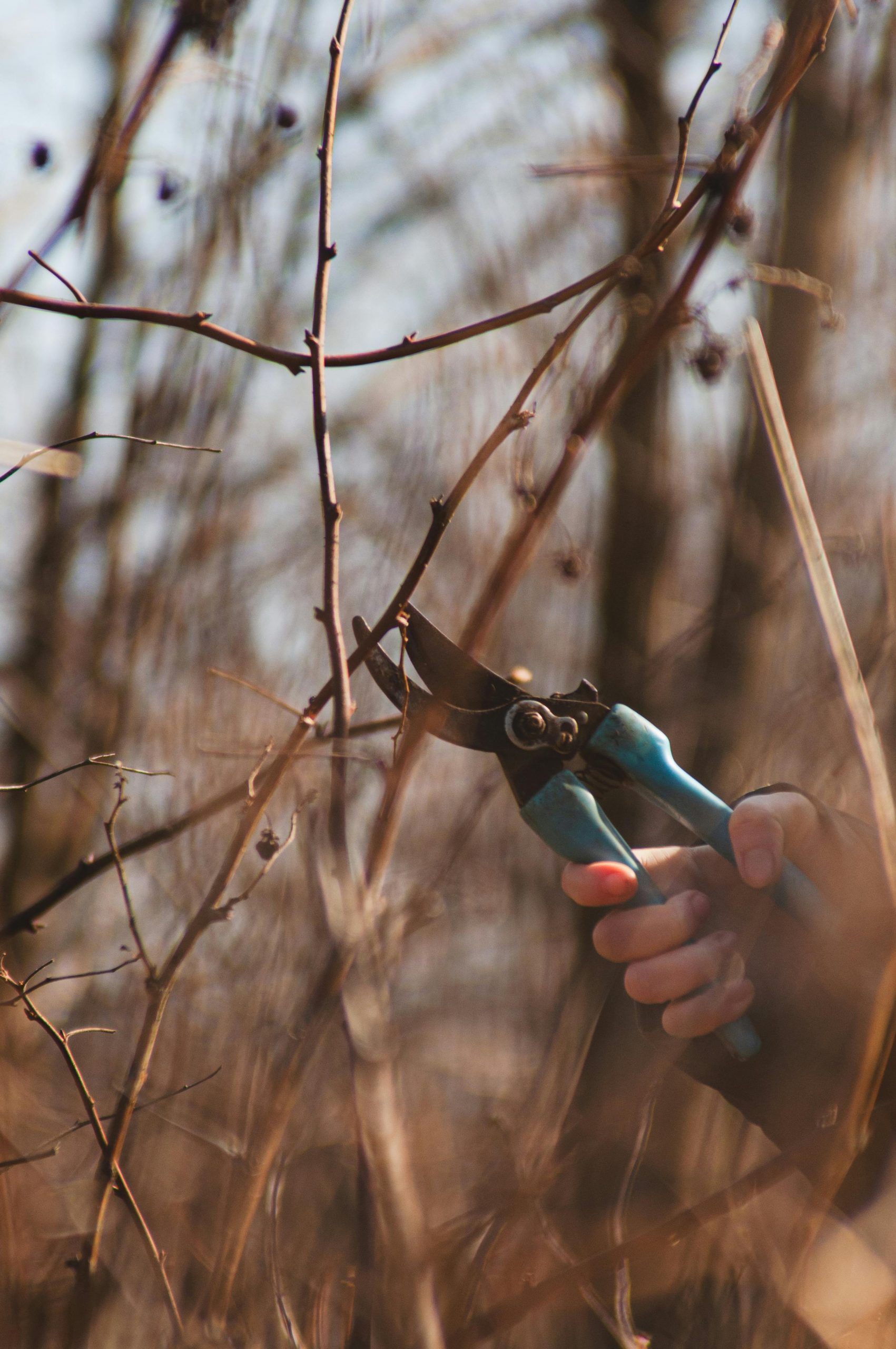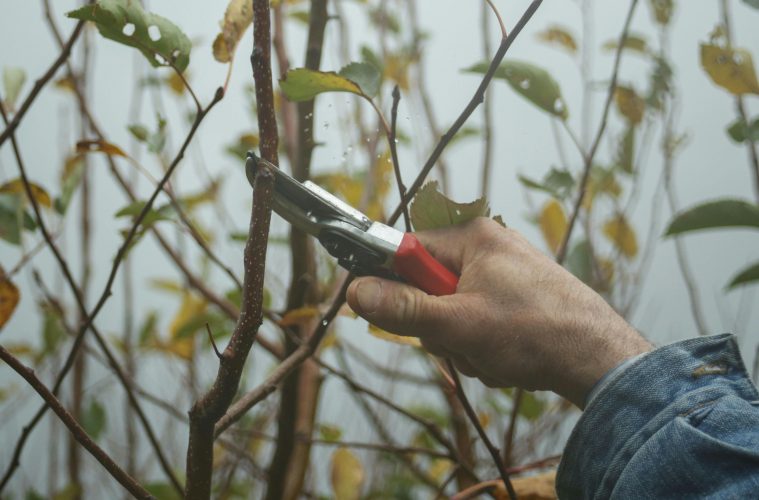Most annuals and many perennials benefit greatly from deadheading. To help them continue to bloom throughout the growing season, regular deadheading is required. It’s generally done both to maintain your plant’s appearance and to improve its overall performance.
Understanding deadheading
Deadheading involves removing faded or unattractive flowers from your plants. Gardeners typically deadhead plants whose blooms have started to age or are no longer appealing. Additionally, it may be necessary to remove flowers or buds that have been damaged. Some plants require deadheading to grow neatly and maintain their appearance. For others, this process is essential for their health and to produce beautiful blooms.

Image Credit: Pexels
How to deadhead your plants
Deadheading techniques can vary depending on the type of plant. There are many techniques gardeners can use:
Pruning: Deadheading plants through the pruning method is a common technique among gardeners. This approach is particularly effective for larger flowers, especially those produced by woody shrubs. To ensure clean cuts that won’t crush or damage the plant’s stems, use sharp pruners. When pruning, make each cut back to the nearest set of healthy leaves.
Pinching: This technique is quick and efficient, removing plant matter with the use of fingers. This method works well on plants with thin stems and soft leaves. When using this technique, you should always wear high-quality gardening gloves to protect against abrasions and protect yourself against exposure to toxic plant species.

Image Credit: Pexels
Benefits of deadheading
For many gardeners, deadheading is already an important aspect of routine plant care. This is especially true to help beautify the landscape of your garden.
- Deadheading makes the plants look better
- Encourages more flowers
- Controls the spread of plant diseases
- Maintains the beauty of your garden.

Image Credit: Pexels
ALSO SEE: DISCOVER THE PERFECT PLANTS FOR YOUR CONSERVATORY
Feature Image: Pexels

